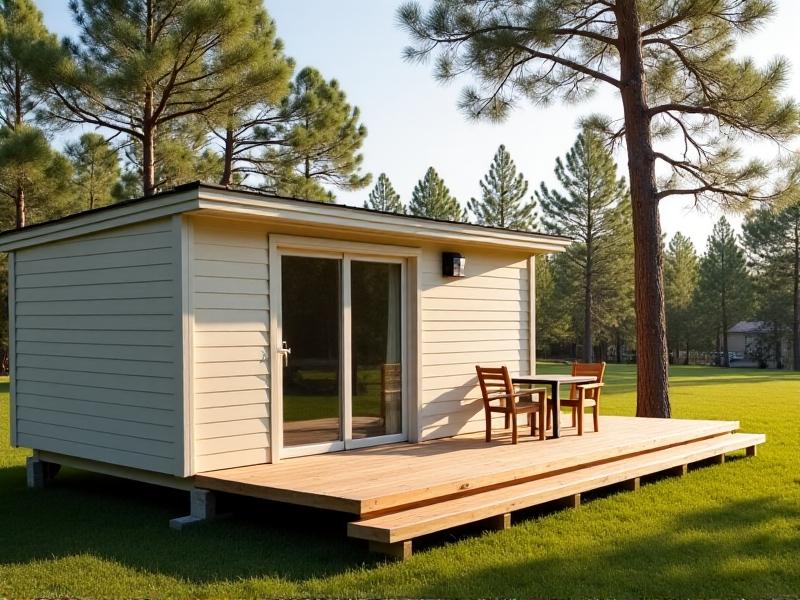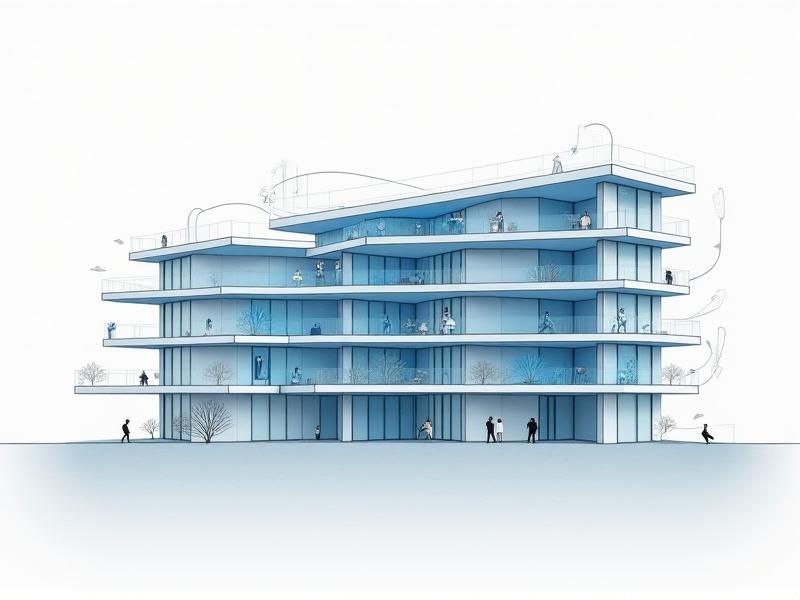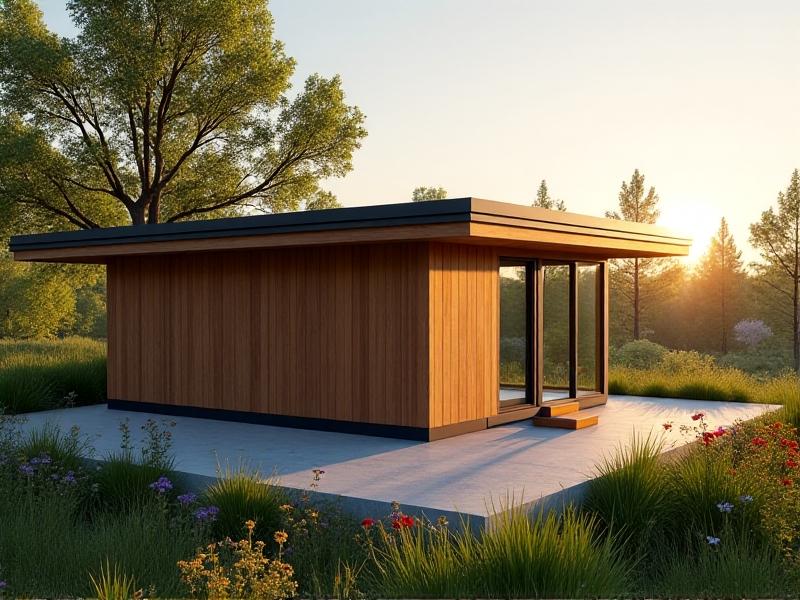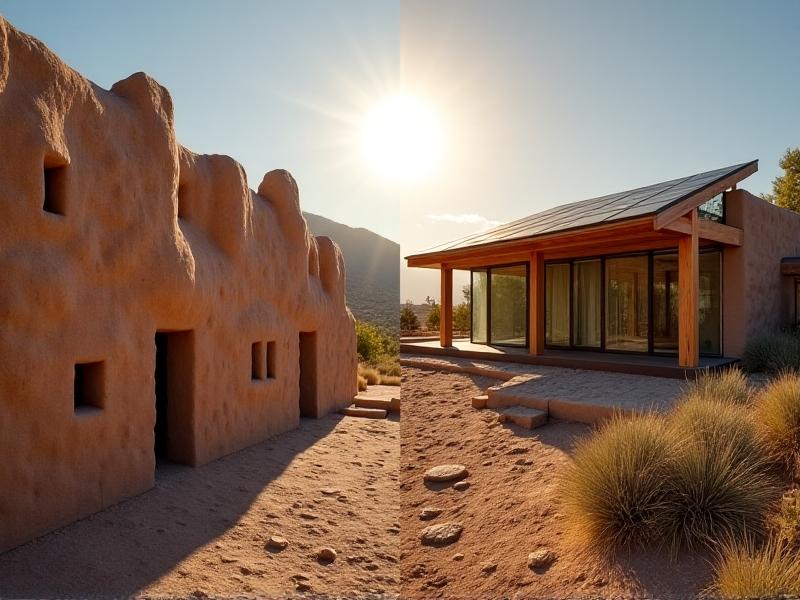Micro-Hydro Power Feasibility Studies
Understanding Micro-Hydro Power Systems
Micro-hydro power systems harness the energy of flowing water to generate electricity, typically producing up to 100 kilowatts—enough to power small communities or off-grid locations. Unlike large-scale hydroelectric dams, micro-hydro systems require minimal infrastructure and can operate in low-flow or low-head environments. These systems convert kinetic energy from rivers or streams into mechanical energy via turbines, which then drive generators to produce electricity. The feasibility of such systems depends on site-specific factors like water flow consistency, terrain elevation, and proximity to energy demand centers. By leveraging natural water resources, micro-hydro projects offer a sustainable alternative to fossil fuels, particularly in remote areas where grid connectivity is challenging.

Site Assessment: The Foundation of Feasibility
A thorough site assessment is critical to determining whether a micro-hydro project is viable. This process involves measuring head (vertical drop) and flow rate (water volume per second), which together define the system's potential power output. Topographical surveys, hydrological data, and environmental regulations must also be analyzed. For example, a steep gradient increases energy generation efficiency, while seasonal variations in water flow may require storage solutions or hybrid systems. Remote sensing tools like LiDAR and GIS mapping can streamline data collection, reducing costs and time. Community input is equally vital, as land access and water rights can pose legal or social challenges. A robust assessment ensures technical, environmental, and social factors align to support long-term success.
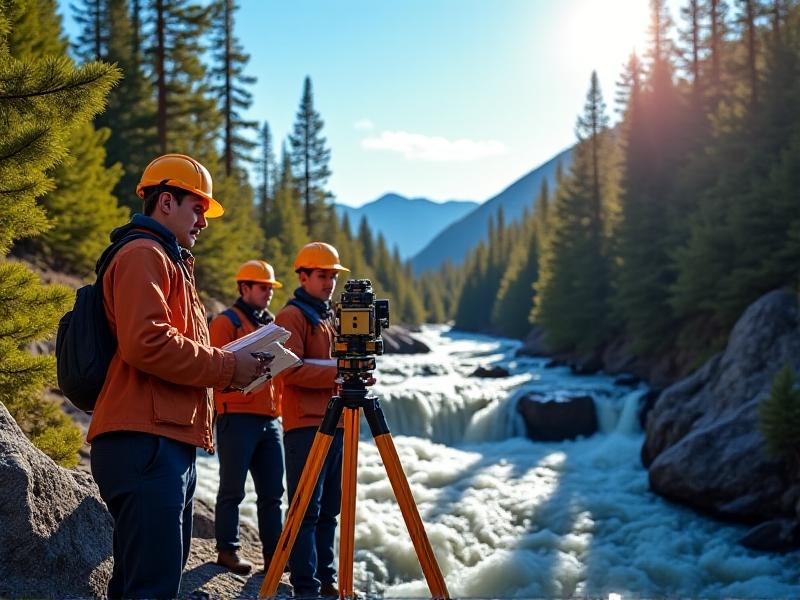
Environmental and Regulatory Considerations
While micro-hydro systems are eco-friendly compared to fossil fuels, they still require careful environmental evaluation. Projects must avoid disrupting aquatic ecosystems, sediment transport, or fish migration. Mitigation strategies like fish-friendly turbines or sediment traps can minimize harm. Regulatory compliance is equally complex, involving permits for water use, land modification, and grid interconnection. In some regions, policies incentivize small-scale renewables through feed-in tariffs or tax credits, while others impose stringent impact assessments. Stakeholder engagement with local communities and authorities is essential to navigate these requirements. Balancing ecological preservation with energy needs ensures projects meet sustainability goals without unintended consequences.

Economic Analysis: Costs and Funding Strategies
The upfront costs of micro-hydro projects include turbines, pipelines, generators, and civil works, which vary based on site complexity. However, low operational costs and long lifespans (20–50 years) make them economically attractive. A detailed cost-benefit analysis should compare alternatives like solar or diesel generators, factoring in maintenance and fuel expenses. Funding often relies on grants, loans, or public-private partnerships, especially in developing regions. Crowdfunding and community ownership models have also gained traction, fostering local investment. For instance, Nepal’s Community Rural Electrification Program has successfully deployed micro-hydro plants through cooperative financing. Transparent financial planning ensures affordability while maximizing social and economic returns for stakeholders.

Case Studies: Lessons from Successful Projects
Real-world examples illustrate micro-hydro’s potential. In Peru’s Andes Mountains, a 30 kW system powers 120 households, reducing reliance on costly diesel. The project incorporated traditional knowledge for canal construction, lowering costs and enhancing community buy-in. Similarly, Nepal’s Thapa Devi community plant increased local incomes by supporting agro-processing machinery. Challenges like seasonal flow variations were addressed with hybrid solar-hydro systems. These cases underscore the importance of adaptive design and inclusive planning. Conversely, failed projects often stem from inadequate maintenance training or underestimating environmental risks, highlighting the need for holistic feasibility studies.
The Future of Micro-Hydro Technology
Advancements in materials and digital monitoring are poised to revolutionize micro-hydro systems. Lightweight composite turbines and 3D-printed components reduce installation costs, while IoT sensors enable real-time performance tracking. Innovations like vortex turbines, which generate energy from swirling water, expand deployment to low-head sites. Policy shifts toward decentralized energy grids further boost adoption. However, scaling these solutions requires stronger global partnerships and knowledge-sharing networks. As climate resilience becomes urgent, micro-hydro stands out as a flexible, community-centric solution for sustainable electrification.
